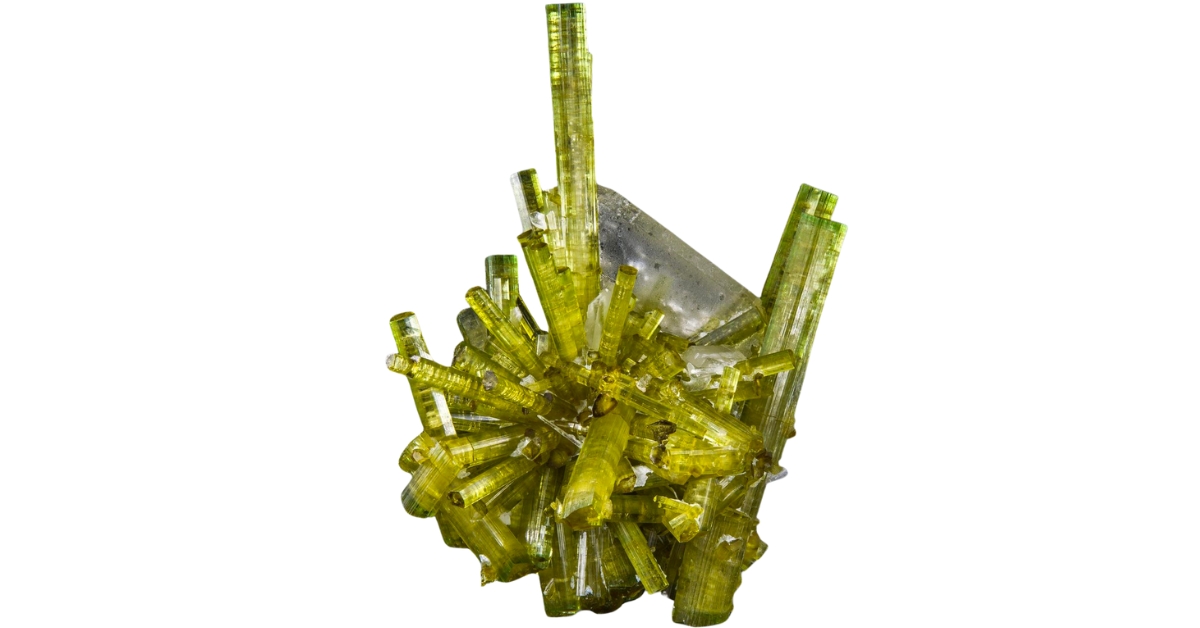The remarkable diversity of rocks and minerals found in Maine captivates locals and visitors alike. From the sparkling shores of the Atlantic to the serene forests of the interior, our state’s geological diversity is as vast as it is beautiful.
Among the various types of rocks found in Maine, you can discover everything from the glittering tourmaline, found in vibrant hues of pink and green, to the translucent beauty of quartz crystals.
This abundance makes our state a destination not just for geology lovers, but for anyone fascinated by the natural world. Join us as we get to know the common and valuable rocks in Maine that will make your exploration truly worth it!
A List of The Common Rocks, Stones, and Minerals Found in Maine
Maine is like a giant outdoor museum where you can see all sorts of colorful and shiny rocks, minerals, gemstones, and crystals. Some are even pretty rare and can only be found in certain spots here.
If you’re planning to explore our state’s amazing collection of natural wonders, here are a few helpful guides that we created:
Maine Rock, Mineral, and Gem
Did you know that we have state symbols related to our natural treasures? Our state is known for having bountiful deposits of this particular find.
| Maine State Gem | Tourmaline |
Before we proceed with our discussion of the different rocks, gems, and crystals found in Maine (which might get you even more excited to start gearing up), it’s always a great idea to revisit the local collecting guidelines of our state.
You may review Maine’s collecting guidelines at the Maine Department of Agriculture, Conservation, and Forestry (DACF) website.
Always Confirm Access and Collection Rules!
Before heading out to any of the locations on our list you need to confirm access requirements and collection rules for both public and private locations directly with the location. We haven’t personally verified every location and the access requirements and collection rules often change without notice.
Many of the locations we mention will not allow collecting but are still great places for those who love to find beautiful rocks and minerals in the wild without keeping them. We also can’t guarantee you will find anything in these locations since they are constantly changing.
Always get updated information directly from the source ahead of time to ensure responsible rockhounding. If you want even more current options it’s always a good idea to contact local rock and mineral clubs and groups
Biotite

Biotite looks a bit like the pages in a thick, old book. It’s part of a big rock family called mica, which is known for splitting into thin, shiny sheets. Imagine a rock that you can peel apart layer by layer!
This rock starts its journey deep underground when hot stuff cools down. It’s composed of iron, magnesium, silicon, and oxygen.
You can find it in a lot of places, especially in granite and other kinds of big, hard rocks. It’s pretty common, so you might see it in mountains or hills near you.
Biotite can tell us a lot about what’s happening underground. Plus, it’s neat to look at with its shiny, black sheets.
Even though it’s usually black, it can also be brown or green. So, if you’re out exploring and find a shiny, sheet-like rock that’s not black, it might still be biotite.
Where you can find biotite in Maine
As we said, biotite is pretty common even in Maine. Among the different places you can explore to find it are:
- Prospect at Catherine Mountain
- Edgecomb Quarry
- Porcupine Hill Quarry
Feldspar
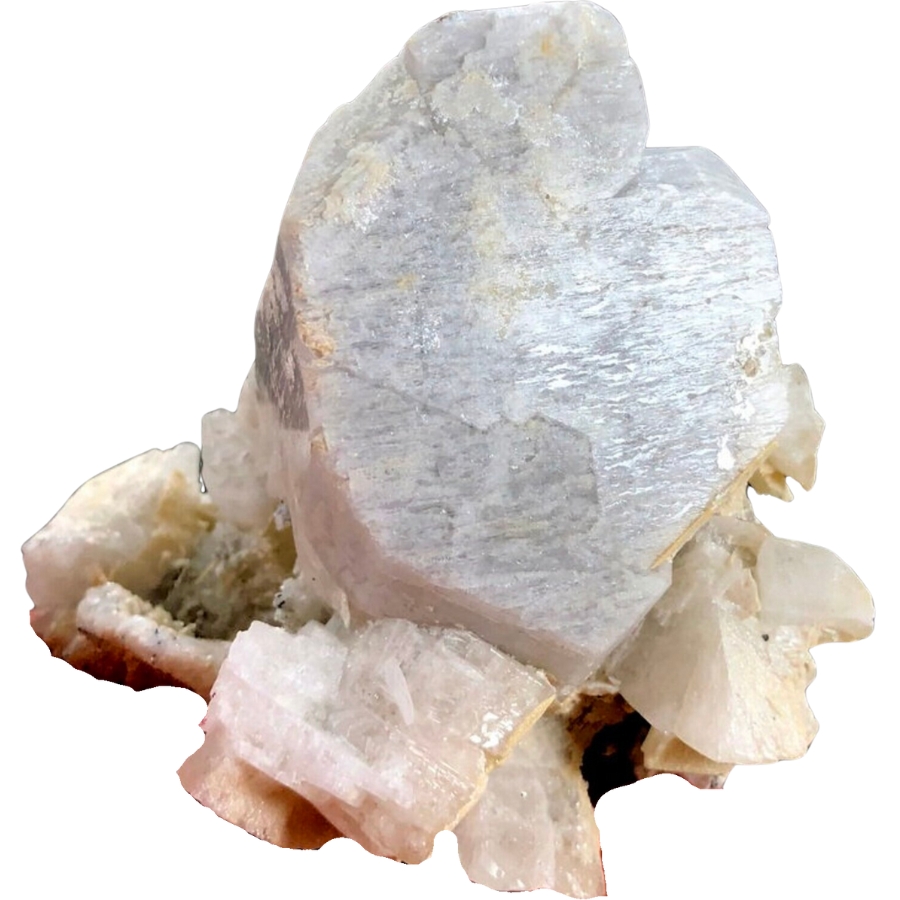
Feldspar is a type of rock that you find in lots of places, like granite, which is that hard rock often seen in countertops or buildings.
It can be pink, white, or even gray and has a glassy look that makes it pretty to see in the sunlight. Some can also glow a bright pink or red under a black light.
This rock is common and makes up a big chunk of the ground we walk on, especially in the mountains and hills.
It helps soil get the nutrients it needs, which makes it important for growing plants. That’s one reason why the value of feldspar is more than just being a piece of rock; it plays a part in helping things grow.
It’s also used to make glass and ceramics. Next time you’re drinking from a glass or eating off a ceramic plate, there’s a good chance feldspar was part of making it.
Where you can find feldspar in Maine
Feldspar is abundant in our state and you can find it in many places, including:
- Poole Prospect
- Williams Mine
- LaPoutre Prospect
Fluorapatite
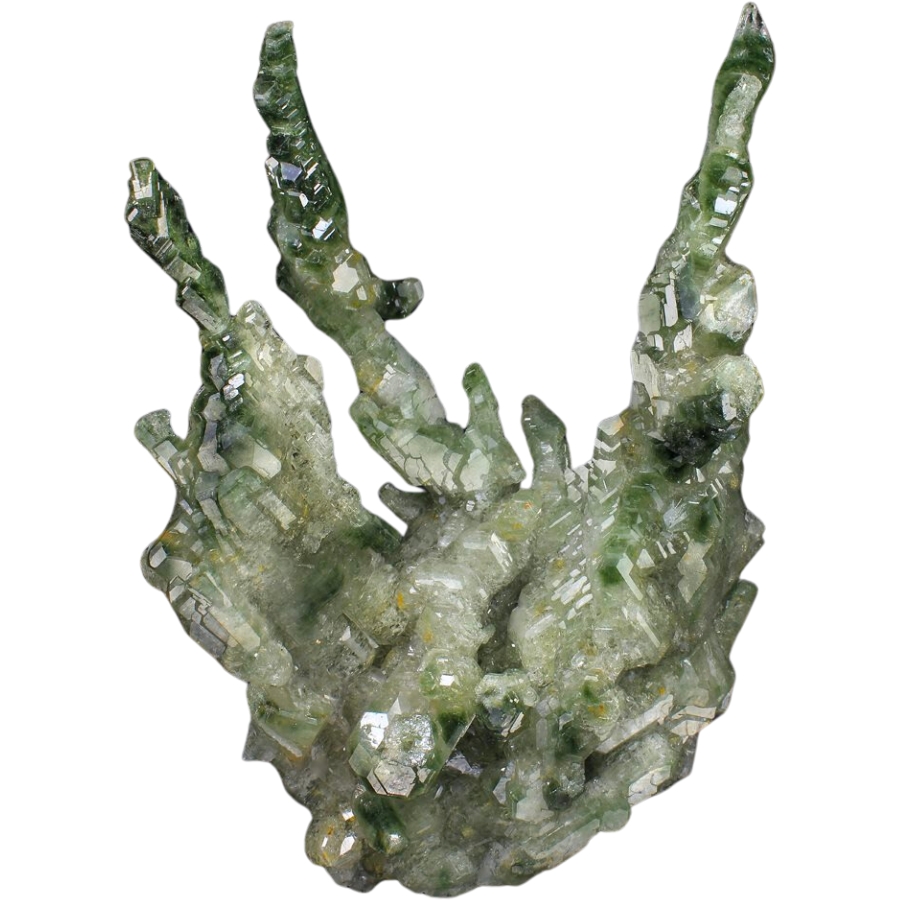
Fluorapatite is part of the apatite family, which is known for its bright colors and cool shapes. It forms in places where there’s a lot of heat and pressure.
This mineral can be found in a bunch of different colors, from green to blue, and even purple. It’s mostly found in places with a lot of volcanic rocks.
Aside from being pretty, it’s important for making fertilizers. That’s a big deal because it helps farmers produce more food, which in turn provides for us.
It’s one of the minerals that makes your teeth strong! The fluoride in your toothpaste that helps keep your teeth healthy comes from minerals like fluorapatite.
So, next time you brush your teeth, you can think about how you’re using a mineral that’s been forming for millions of years to keep your smile looking great.
Where you can find fluorapatite in Maine
Curious about finding fluorapatite? We recommend visiting these areas:
- Hedgehog Hill Quarry
- Ragged Jack Mountain
- Bemis Stream Prospect
Columbite
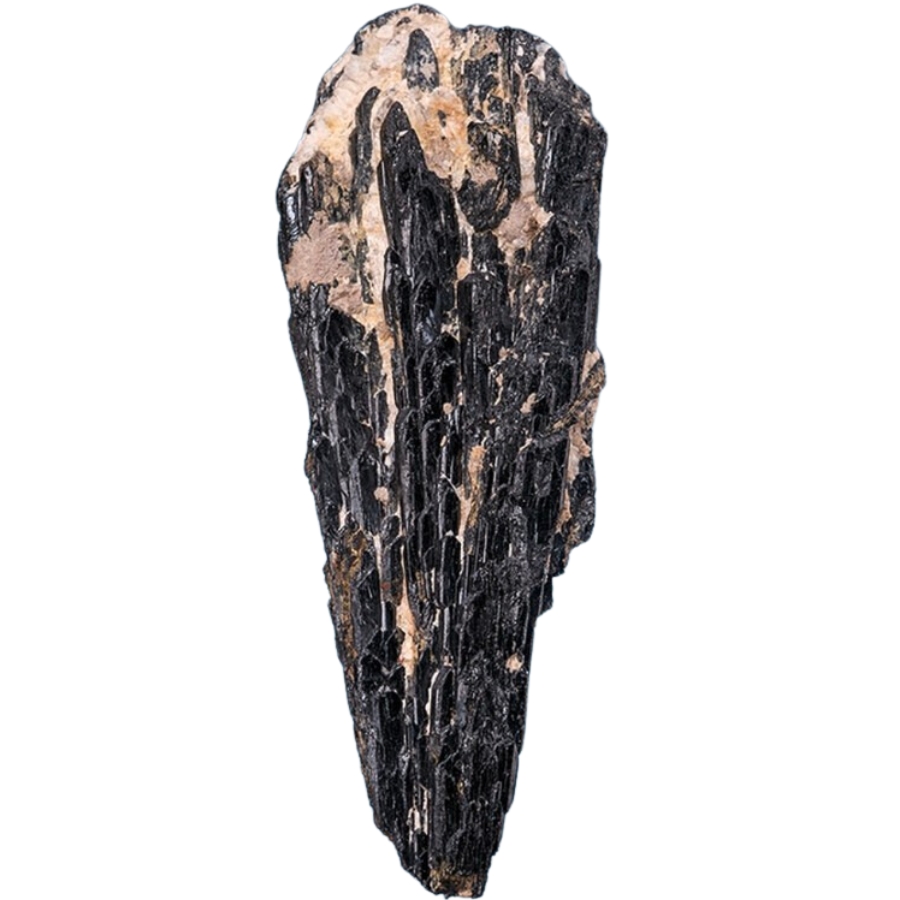
Columbite is part of the reason we can chat on our phones and play video games. It’s usually black or brown and has a nice shine to it.
It forms in places where there are granite rocks. Over a long, long time, with heat and pressure, columbite crystals start to grow.
You can find it in several parts of the world, especially in Africa, in countries like Nigeria and Congo. It’s also found in some parts of North and South America.
It contains a metal called niobium, which is important for making strong and light metals that are used in airplanes, skyscrapers, and even rockets! This metal helps make things that need to be strong but not too heavy.
Columbite was discovered way back in the 1800s, and for a long time, people mixed it up with another mineral called tantalite. They’re so similar that they have a special name, coltan, when they’re found together.
Where you can find columbite in Maine
Columbite is pretty widespread in our state, too, and you can find them at:
- Deer Hill Mineral Collecting Area
- Bumpus Quarry
- Scribner Legde Quarry
Copper

Copper is a shiny, reddish metal that you’ve probably seen around in coins or wires. It was one of the first metals humans ever used.
It forms deep underground when hot liquid rock cools down and mixes with other minerals. Over a long time, this process creates chunks of copper that can be mined.
This metal is found all over the world, but some big spots for finding it include Chile, the USA, and Peru.
Copper is amazing at conducting electricity, which makes it important for wiring in buildings and electronics. Plus, it doesn’t rust or get eaten away easily, so it lasts a long time when used outside or where it’s wet.
Also, it can kill germs! Surfaces made of copper or coated with copper can stop bacteria and viruses from spreading. That’s why you’ll sometimes see copper doorknobs or handrails in public places.
Where you can find copper in Maine
You can find copper by searching through some of these sites:
- Isle au Haut Mine
- Hampden Consolidated Mine
- Fort Knox Mine
Galena
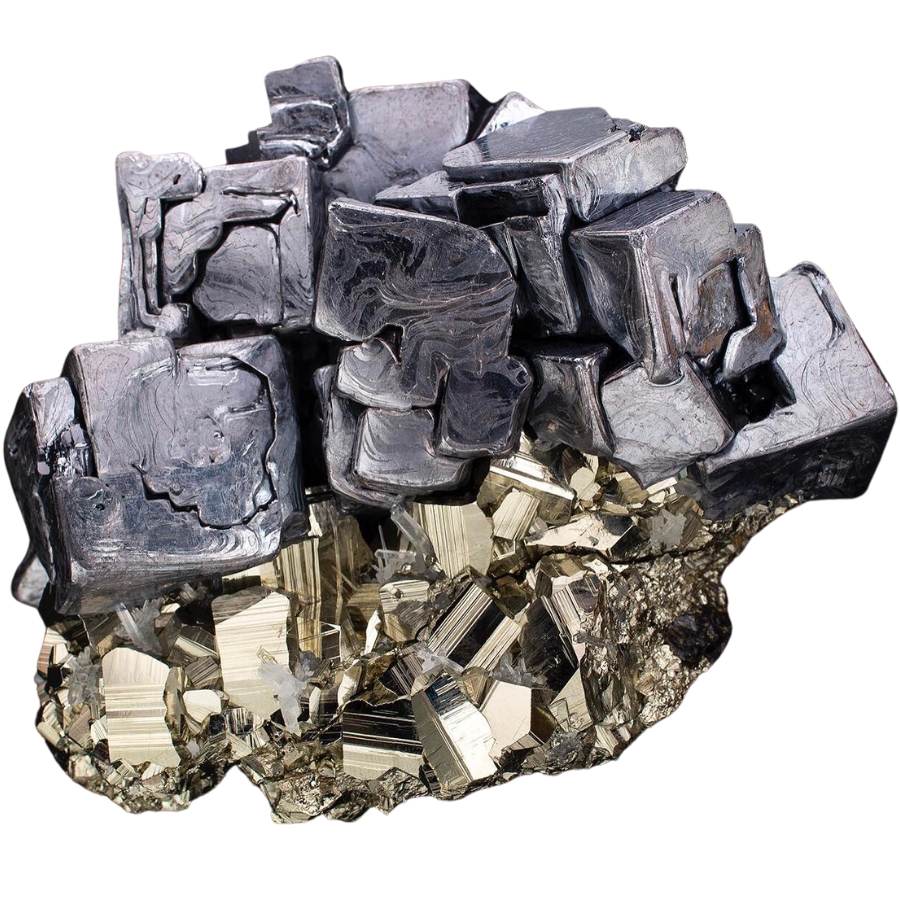
Galena looks like metallic gray cubes. It’s the main source of lead, which means it’s important.
It forms in both volcanic and sedimentary rocks when hot fluids from deep inside the ground cool down and mix with other minerals.
It can be found in many places around the world, especially where there are lead deposits. Countries like the USA, Canada, and Australia have lots of this mineral in their mines.
Galena is valued for its lead content. Lead is used in batteries, which power things like cars and solar panels. It’s also used in protective shields for X-rays because lead blocks radiation well.
Ancient Egyptians also used powdered galena to make their eyeliner. They thought it protected them from the sun’s glare and even bad spirits!
Where you can find galena in Maine
There are many places in our state where you can find galena, including:
- Rockland City Mine
- Island City Mine
- Dearborn Mine
Magnetite

True to its name, magnetite is a naturally magnetic mineral. Usually black or dark brown with a shiny look, it forms when lava cools down slowly and mixes with other minerals underground.
It can be found in places where there’s been volcanic activity or in areas with a lot of iron. Sweden, Australia, and the USA have big deposits of this mineral.
Magnetite’s value comes from how it’s used in making steel, which is used in building cars, bridges, and buildings. Because it’s rich in iron, it’s perfect for making steel.
Plus, since it’s magnetic, scientists also use it in studying how the Earth’s magnetic field changes over time.
Interestingly, magnetite is one of the few minerals that was found on Mars. This helped scientists understand more about the Red Planet.
Where you can find magnetite in Maine
To uncover magnetite, here are some areas you can visit:
- Catherine Mountain
- Swift River
- Cemetery Hill Mine
The Gemstones Found In Maine
Aside from rocks and minerals, there are also vast varieties of gemstones found in Maine. If you’re looking for them, make sure to check out the guide that we created:
Tourmaline
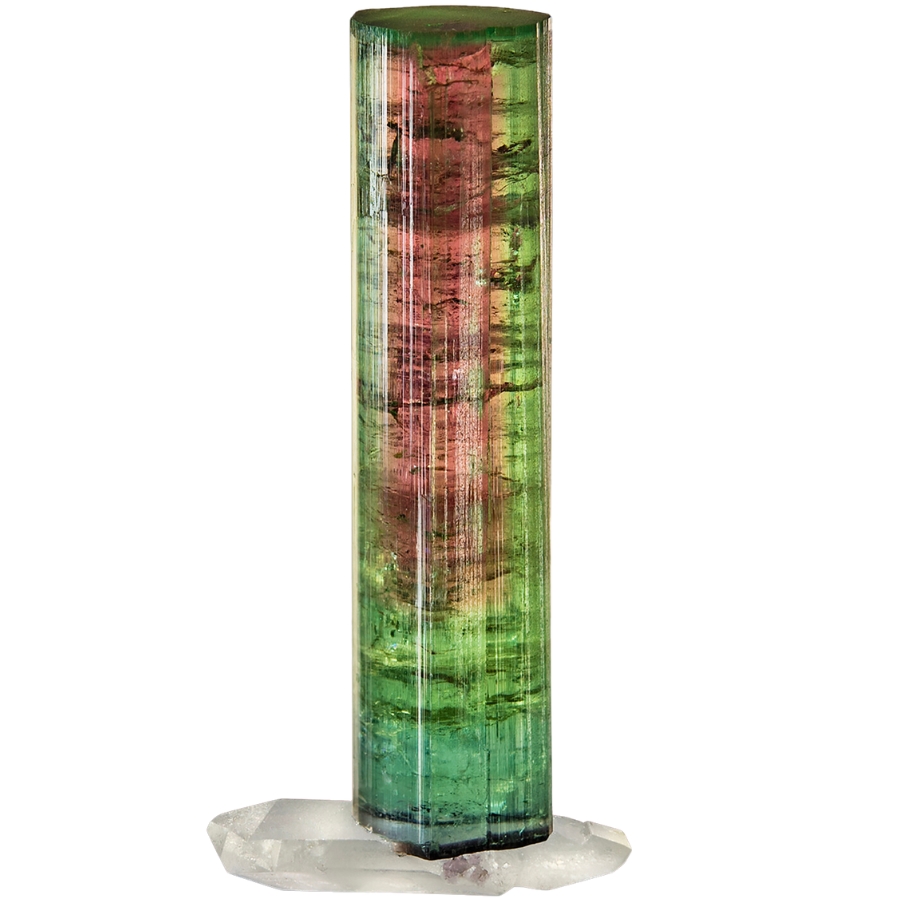
Tourmaline comes in almost every color you can think of, from bright pinks and deep greens to blues and even watermelon (pink on the inside and green on the outside!).
It’s formed deep underground when hot, mineral-rich water cools and solidifies in cracks and spaces in rocks.
One of the reasons the value of tourmaline is high is because of its incredible range of colors and its rarity in certain hues. Jewelers and gem collectors love it for making unique and eye-catching jewelry.
Back in the day, some sailors even used it on their voyages because they believed it could protect them from danger and ensure a safe journey.
Tourmaline also has a special place here as it is Maine’s official state gemstone. Our state is one of the few places in the world where you can find high-quality tourmaline in a bunch of different colors.
Where you can find tourmaline in Maine
Amazed with tourmaline? You can find your own pieces if you explore these sites:
- Berry Quarry
- East base of Plumbago Mountain
- Atop Mount Rubellite
Beryl
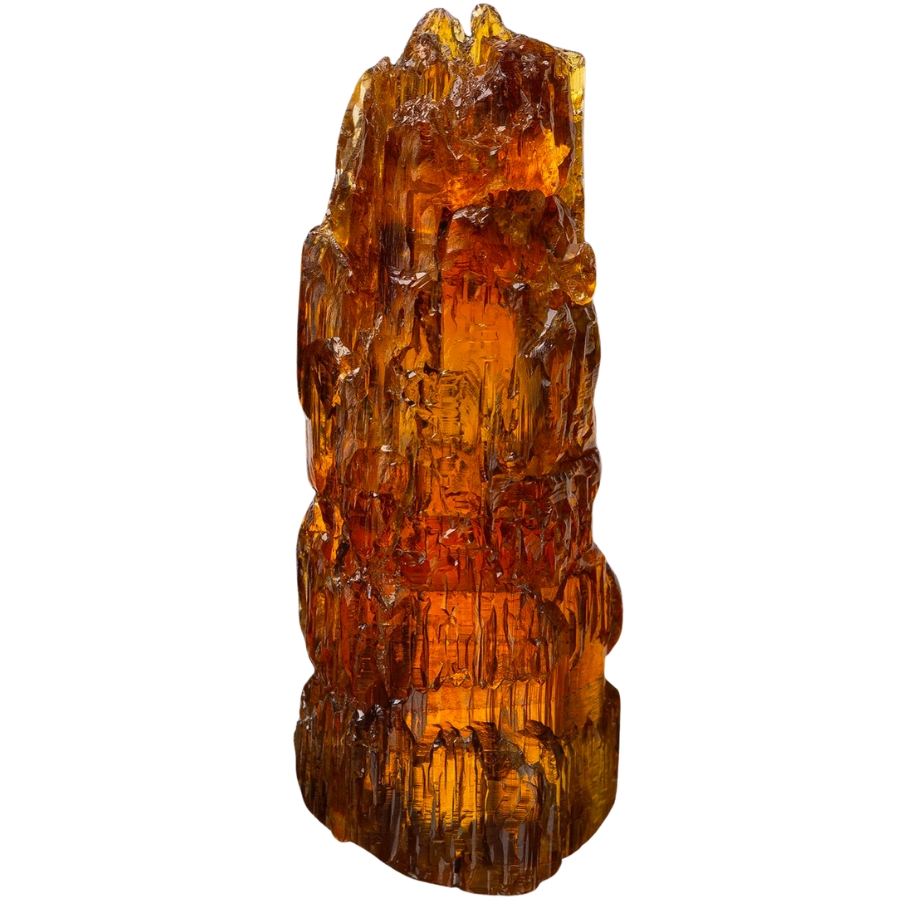
Beryl comes in a bunch of cool colors, from green to blue, pink, and even yellow. Imagine a rock that can look like the clear blue sky, the deep green forest, or a bright yellow sunbeam!
It forms when hot liquids deep underground cool down and harden into crystals. This can happen in places like mountain ranges.
Its color depends on what kind of minerals get mixed in while the beryl is forming.
Its different colors can be bright and clear, which makes them perfect for making jewelry. They’re also hard and durable, so they last a long time.
And did you know that beryl was once used to make glasses? Back in the old days, people figured out that if you slice it thin, it can help you see better.
Where you can find beryl in Maine
We recommend searching through these places to find stunning beryl specimens:
- LaChance Mine
- Bumpus Quarry dumps
- Fletcher Mine
Garnet
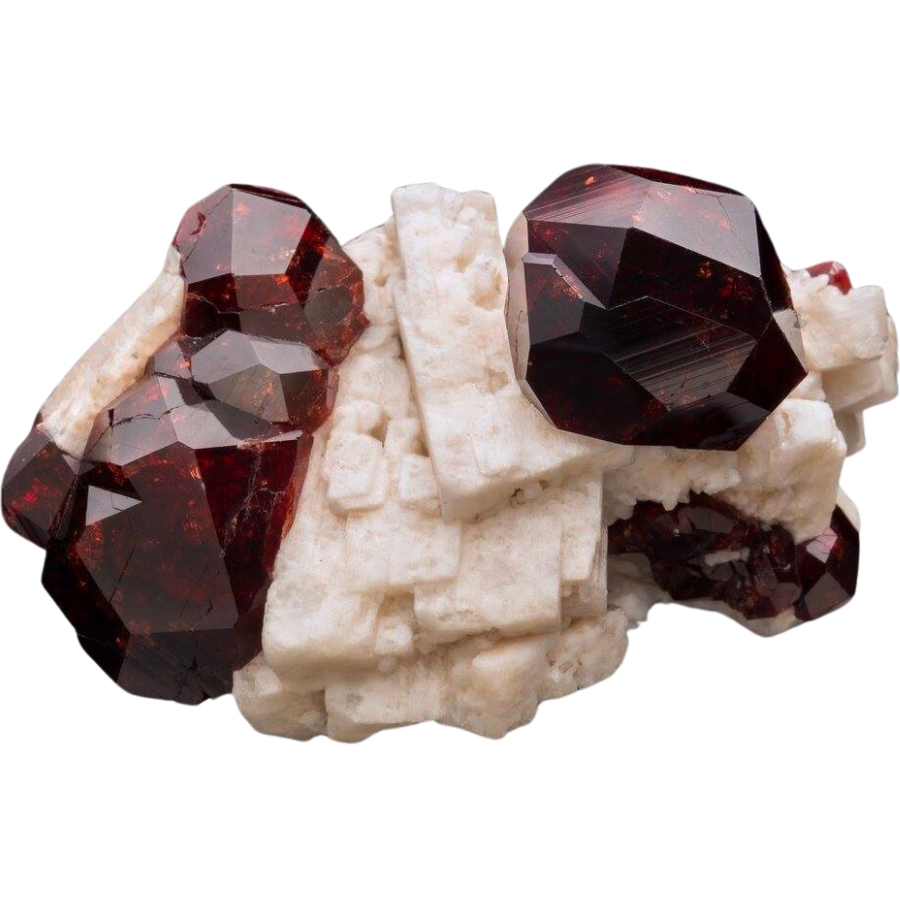
Garnet can be found in different colors— from deep red to vibrant green. It comes from deep underground, where high pressure and heat turn simple materials into sparkling gems.
When volcanoes erupt or mountains wear down, they can come to the surface where we can find them.
This gem is not only beautiful but also tough. It can resist getting scratched and doesn’t break easily, which makes it perfect for everyday jewelry.
Garnet’s worth also comes from its versatility and the way it can look so different depending on where it’s from. Some are so clear and bright that they’re used in professional settings, like in abrasive materials to cut through metal!
Some people also believed wearing it would keep them safe during travel and protect them from nightmares.
Where you can find garnet in Maine
Search through the following areas to uncover stunning garnet pieces:
- Frank Pitts Quarry
- Appleton Mine
- East side of Stark Mountain
Apatite
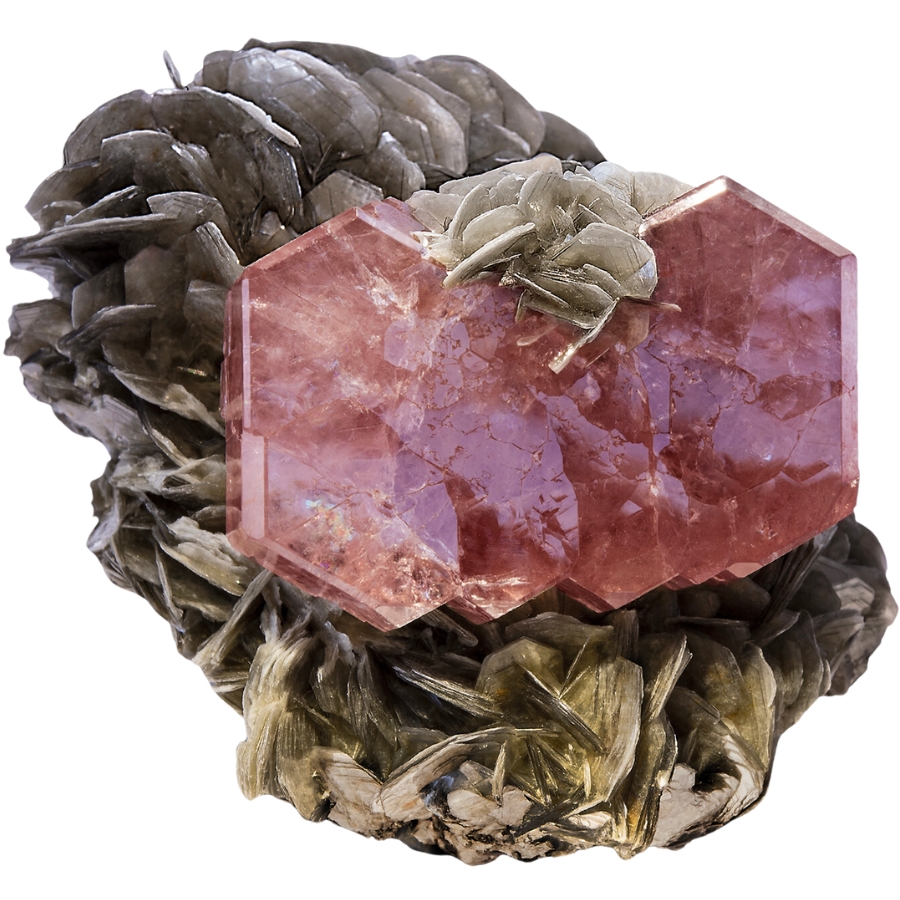
Apatite comes in a rainbow of colors, from neon blues and greens to yellows and even purples.
It’s named after a Greek word that means “to deceive” because it can look like other gems, tricking people into thinking it’s something else.
Some apatite can glow under ultraviolet light. This makes it fun for collectors and scientists to study and enjoy.
It’s made when hot fluids inside the ground cool down and minerals come together, forming crystals.
Besides being beautiful in jewelry, this gem is important for other reasons. It’s used in making fertilizer because it has phosphorus, which helps plants grow.
Where you can find apatite in Maine
Apatite is widespread in our state and among the many places where you can find it are:
- East crest of Mount Apatite
- Ledge near the top of Lord Hill
- Tiger Bill Quarry
Topaz
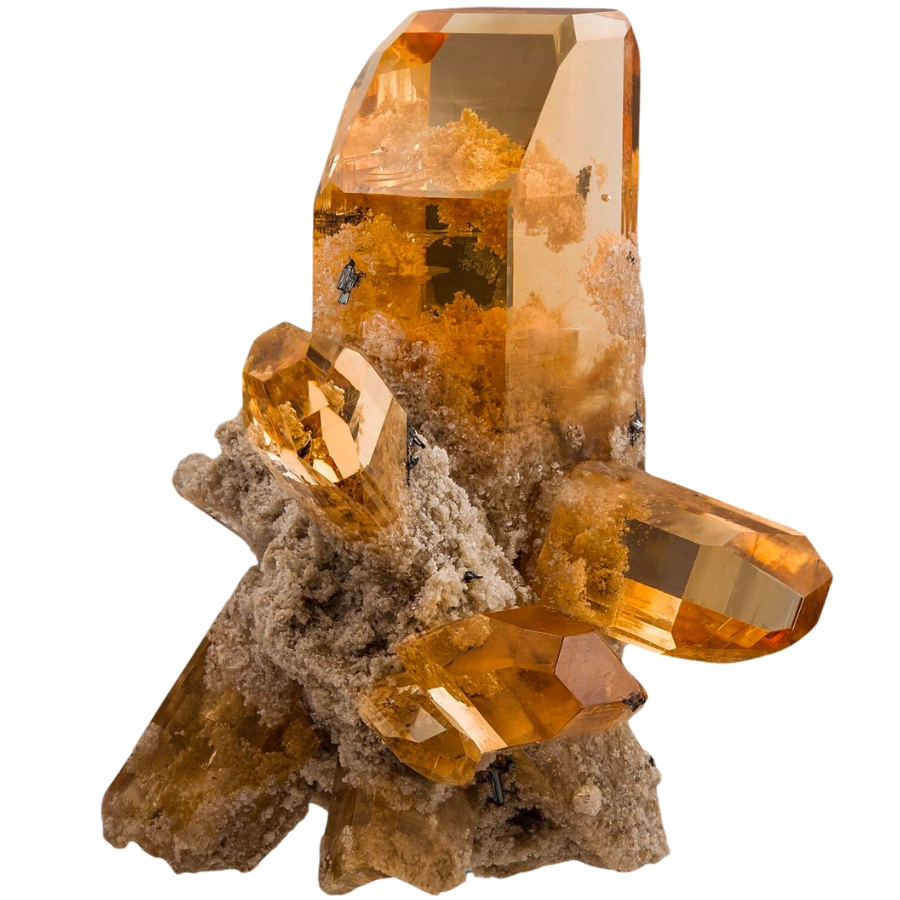
Topaz is a stunning gem that comes in lots of colors, like blue, pink, orange, and even clear. It forms in cracks in rocks when hot gases and fluids cool down.
Its hardness makes it perfect for all kinds of jewelry, from rings to necklaces, because it doesn’t scratch easily.
The price of topaz can vary a lot depending on its color and clarity, with some rare colors being more expensive.
But, what makes it special is its sparkling beauty, which catches the eye and makes it a favorite for anyone looking to add a touch of elegance to their collection.
Long ago, people thought wearing this gem could cool down hot tempers, ensure sweet dreams, and bring wisdom.
Where you can find topaz in Maine
This beautiful gem can be found in the following spots:
- Southwest slope of Lord Hill
- Low hill north of the Cathance River
- Harvard, Tammimen, and Waisanen Quarries
Staurolite
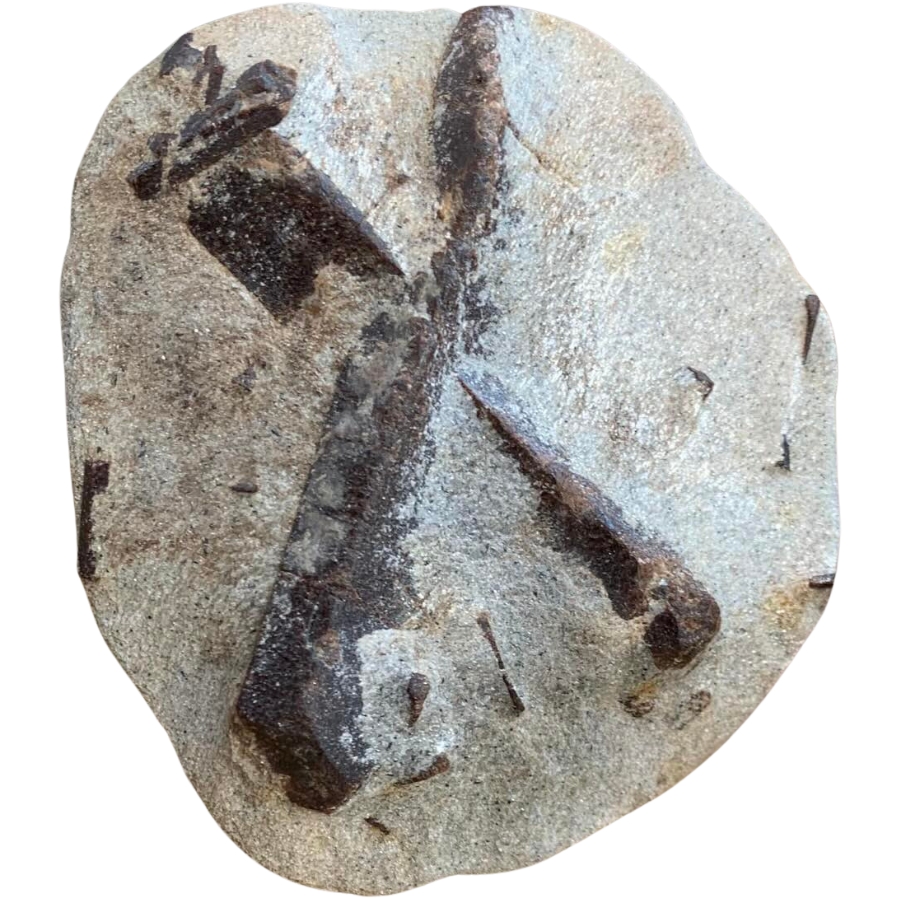
Staurolite is famous for its cross-shaped crystals. These special shapes form naturally.
This gem’s made deep underground under high pressure and temperature conditions. Over time, as rocks change and move, staurolite can form into these amazing shapes that look like tiny crosses.
People value staurolite not just because it’s pretty, but also because of its interesting shapes and the stories connected to them.
The state of Georgia has so much love for this gem that they named it their official state mineral.
It’s also known as the “fairy stone” or “fairy cross.” Legend has it that the crosses were formed from the tears of fairies who cried when they heard about a great tragedy.
Where you can find staurolite in Maine
If you want to find staurolite, some sites you can look into visiting are the Windham Center area and the placers near Byron in Swift River.
Jasper
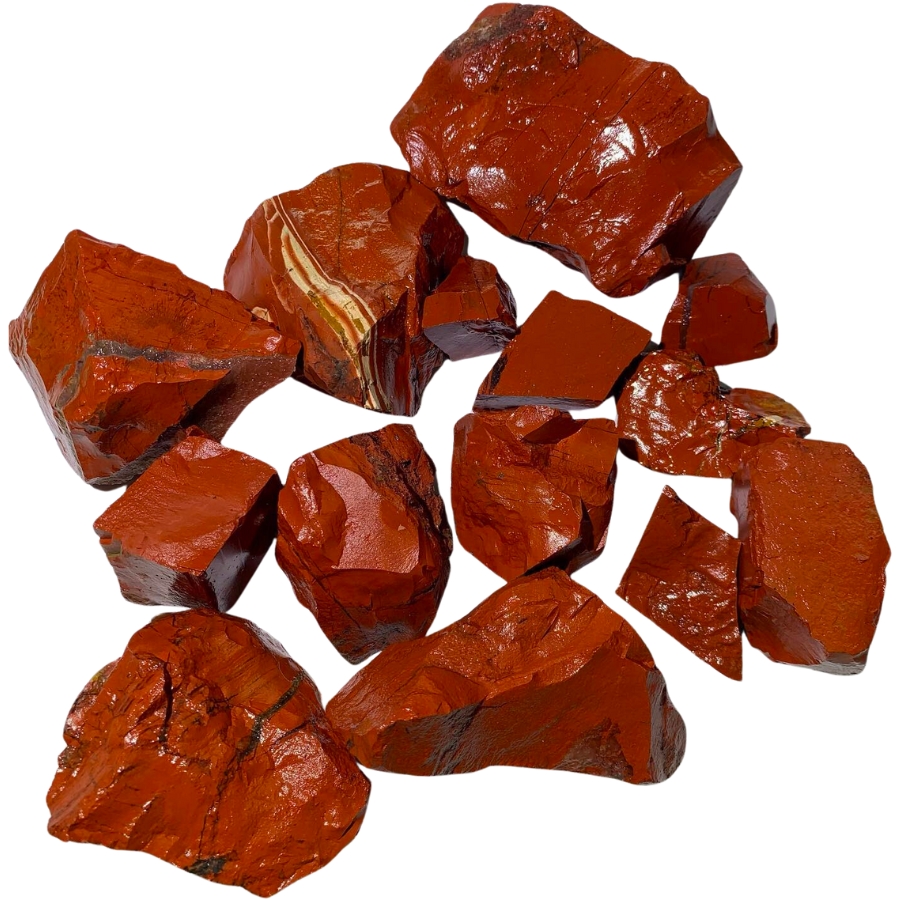
Jasper catches your eye with its amazing colors and cool patterns. It’s part of the quartz family and it forms when tiny bits of mineral, ash, or sediment get mixed into silica.
Over time, this mixture hardens into the colorful, patterned stone we see. This can happen in lots of places all over the world, making this gem pretty common.
This doesn’t make it any less special, though, as no two pieces of jasper are the same.
Jasper’s value comes from its beauty, its toughness, and its history. It’s used in all sorts of jewelry because of its beauty and durability.
It’s been used throughout history for carving. Ancient civilizations made seals, amulets, and even tools out of jasper because it can be polished to a smooth finish and holds up well over time.
Where you can find jasper in Maine
Want to find jasper here? These are some of the best places to explore:
- Swift River
- Jasper Beach
- Gleason Cove
The Crystals Found In Maine
If you were already amazed by the rocks, minerals, and gems that we shared, wait until you read about the crystals found in Maine.
Should you want to visit our state for them, here’s a great guide that can help you uncover crystals:
Amethyst
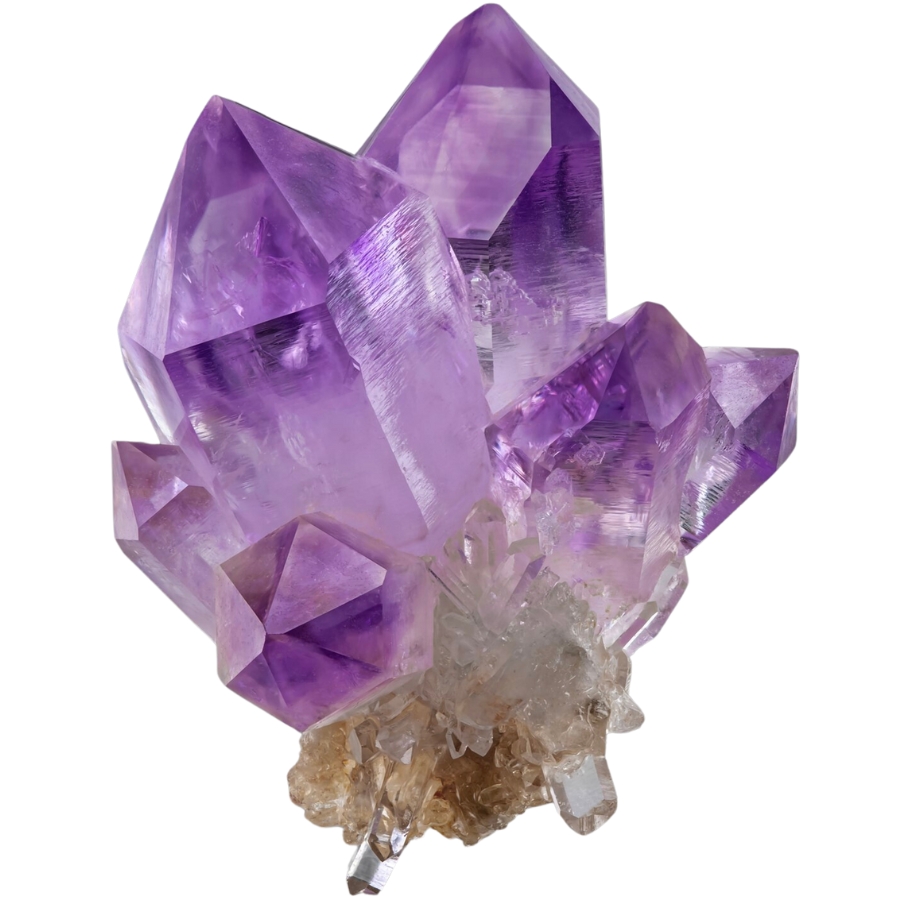
Amethyst is a type of quartz, which is a common mineral, but what makes it special is its beautiful purple color.
This color comes from iron and other minerals mixing with quartz under just the right conditions, like when hot water and gases fill up cracks in rocks and then cool down and harden over time.
For thousands of years, people have valued amethyst not just because it’s pretty. It’s also pretty tough, making it great for all kinds of jewelry.
The value of amethyst comes from its color, clarity, and how big the crystal is. Deep purple ones are especially prized for their beauty and rarity.
This crystal was once considered as valuable as diamonds! In ancient times, it was worn by royalty and used to decorate crowns, rings, and other important items until large deposits of amethyst were discovered, making it available to more people.
Where you can find amethyst in Maine
Looking for some purple wonders? Here are some of the best places to look for amethysts in our state:
- Pleasant Mountain
- Hall’s Quarry
- Ragged Jack Mountain
Quartz
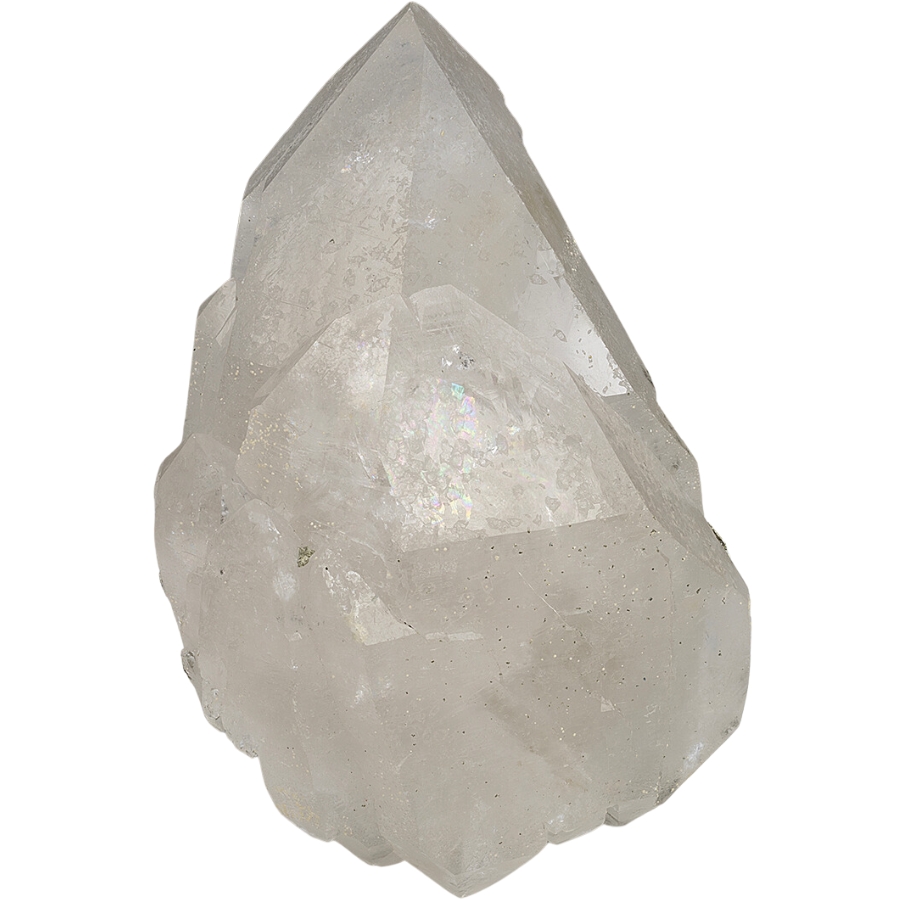
Quartz is a crystal that’s all over the place, literally! It’s one of the most common minerals and forms when silica-rich solutions cool down and harden, either in big, empty spaces underground or within other rocks.
It can look very different depending on where and how it forms, from clear and colorless to pink, purple, and even black. It’s hard and durable, which makes it great for making jewelry and all sorts of decorative items.
Plus, quartz can handle heat and doesn’t get damaged easily, which is why you’ll find it in electronics and even in construction.
It can generate electricity under pressure. This cool feature, called piezoelectricity, is why this crystal is used in watches and clocks to help keep time.
The worth of quartz comes from its versatility and the many ways it can be used, from beautiful gemstones to important parts of technology.
Where you can find quartz in Maine
To find quartz, you can search through the following sites:
- Littlefield Quarry
- Bumpus Quarry
- Eagle Granite Quarry
Rhodonite
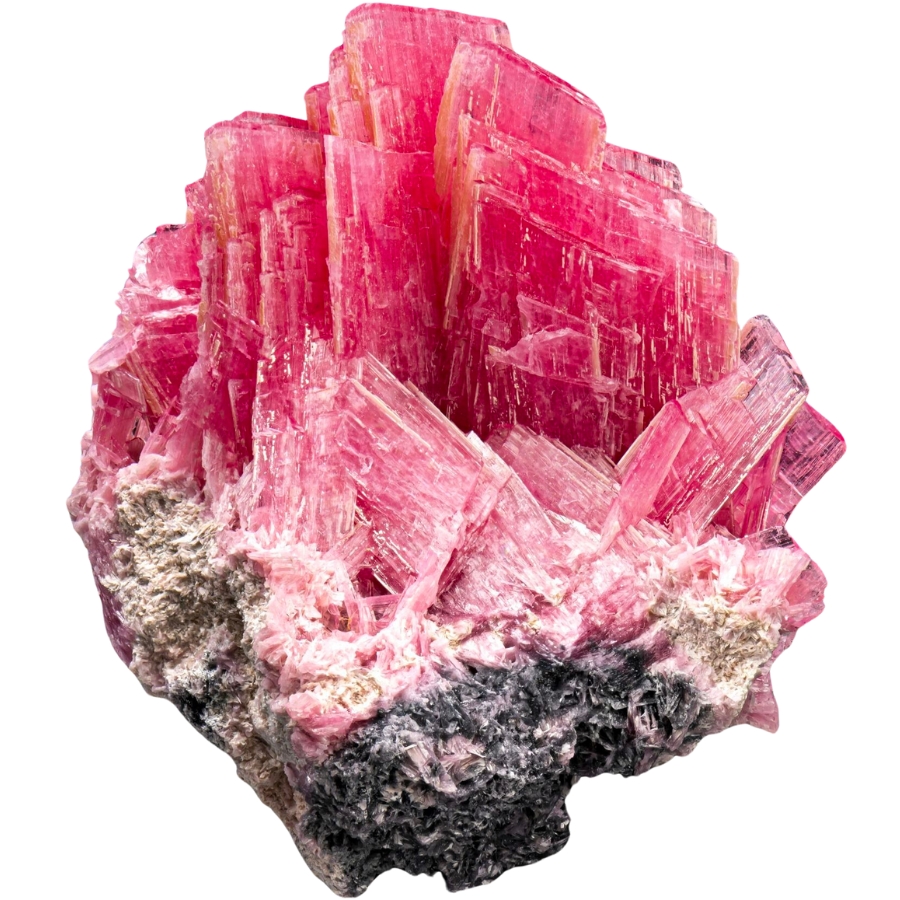
Rhodonite stands out because of its striking pink and black colors. It’s made up of manganese and silica and it forms when magma cools down and turns into solid rock.
Sometimes, this crystal can also form from changes in older rocks under high pressure and temperature, deep underground.
Its unique look, with those vibrant pink hues mixed with black, makes it popular for jewelry and decorative pieces.
It’s not just about looks, though; this crystal is also tough, which means it can be worn and enjoyed for a long time without getting easily damaged.
Rhodonite’s value goes beyond just being pretty and durable. It’s named the national gem of Russia! This special honor highlights just how much people admire it.
Where you can find rhodonite in Maine
You can visit and search through the Blue Hill Manganese Mine if you want to find rhodonite.
Labradorite
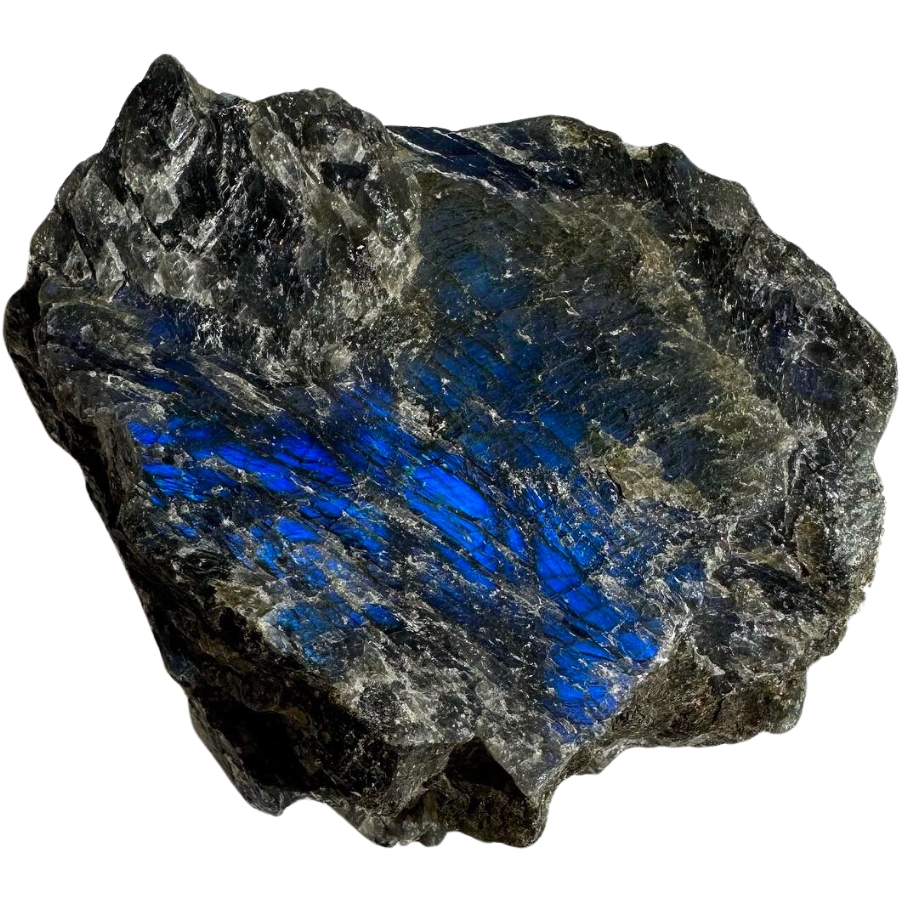
Labradorite looks like it holds the northern lights inside it. It shows off a magical display of colors, from blues and greens to oranges and yellows, when you move it around in the light.
This effect is called labradorescence, and it’s what makes labradorite stand out from other stones.
This crystal forms when igneous rocks cool slowly underground. It’s also how it can develop its unique colors.
It’s mainly found in places with a lot of volcanic activity, like Canada, Norway, and Madagascar.
The price of labradorite can vary depending on how intense and what colors you can see in the stone. Jewelers love to use it in their pieces because it adds a touch of magic and mystery to their work.
Where you can find labradorite in Maine
A great place you can explore to find gorgeous specimens of labradorite is the Union Pyrrhotite Mine.
Aquamarine
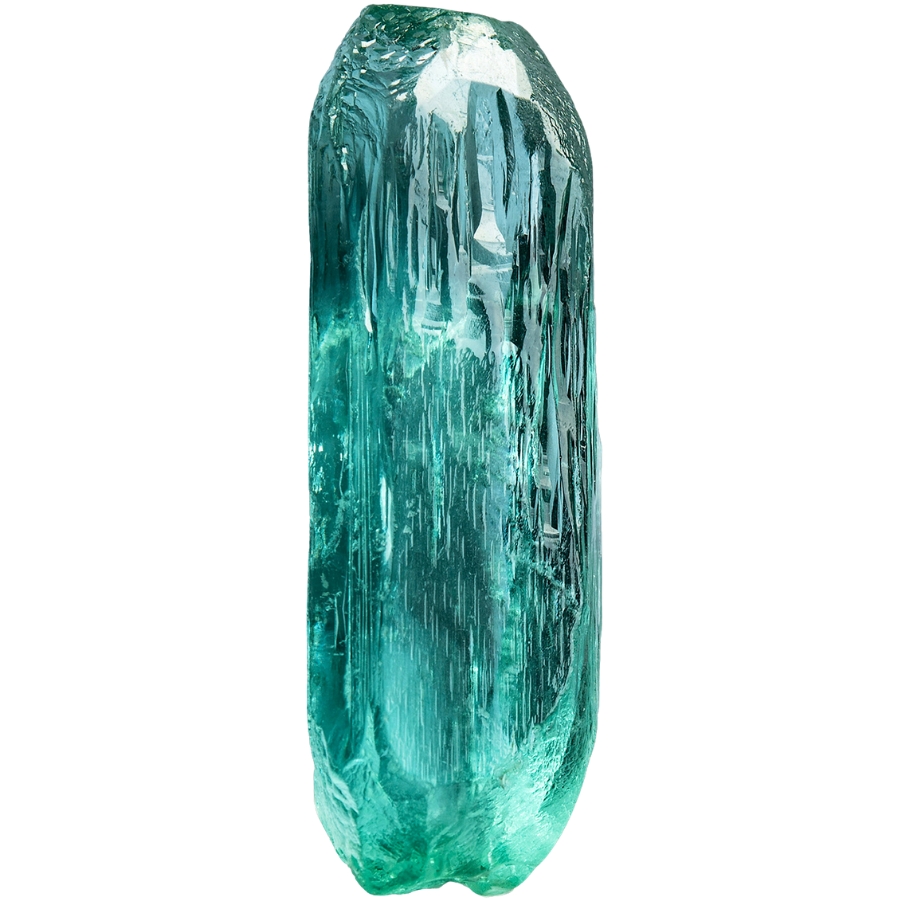
Aquamarine sparkles in shades of light blue to blue-green, kind of like the ocean on a sunny day. It’s a type of beryl, the same family of minerals as emeralds.
It forms when beryl mixes with minerals like iron, which gives it that cool blue color. These crystals grow slowly over time in rock cavities.
People have treasured aquamarine for centuries because of its breathtaking color and clarity. It’s often used in rings, necklaces, and earrings.
Aquamarine’s value isn’t just about its beauty; it’s also a very hard and durable gem, which means it can last a long time without getting scratched or damaged.
In the past, it was believed to protect sailors on their voyages across the seas. Ancient mariners carried it as a talisman to calm waves and keep them safe from harm, hoping it would bring them luck and protection on their journeys.
Where you can find aquamarine in Maine
Care for some adorable aquamarine finds? Here are a few places where you can find them:
- Paul Bennett Quarry
- Hedgehog Hill
- Long Tom Mountain
Morganite
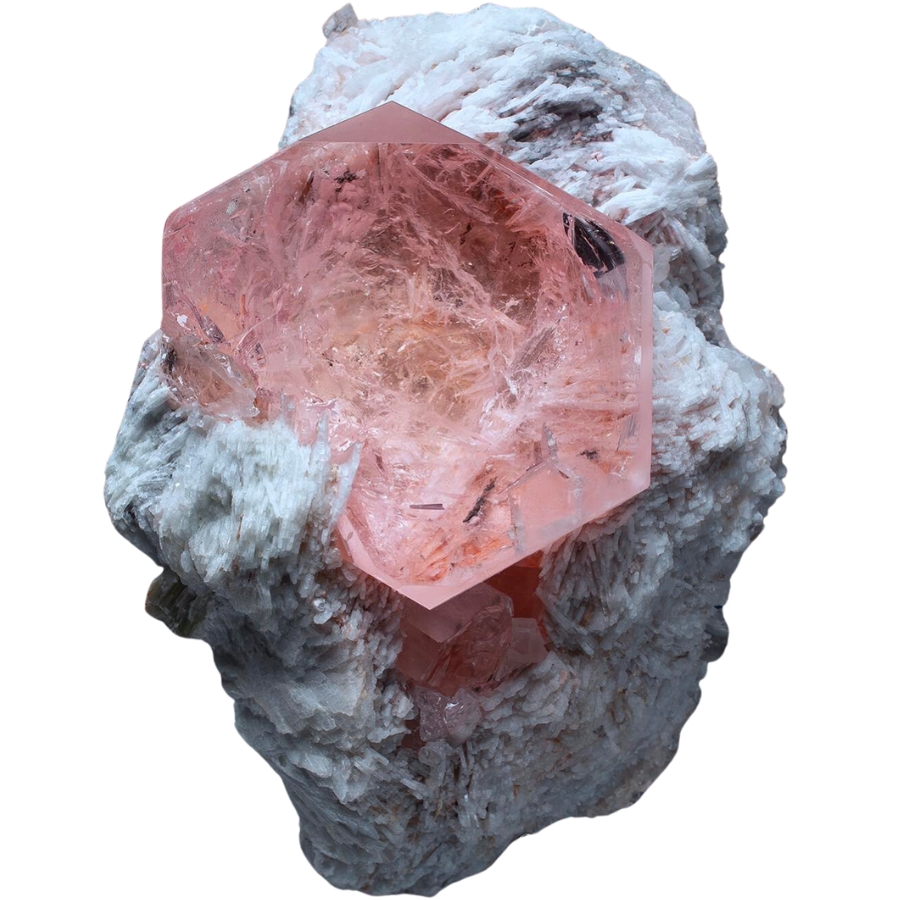
Morganite is part of the beryl family, which is the same family that emeralds and aquamarines come from.
Its soft pink to peach color comes from traces of manganese. It forms deep underground in rocks, where conditions are just right for beryl to mix with manganese.
It’s named after J.P. Morgan, one of the most famous bankers in American history, who was also a big gem collector. This happened in the early 20th century, which is pretty recent if you think about rocks and minerals.
It’s become popular for jewelry, especially engagement rings, because it offers something a little different from the usual diamond.
Morganite’s worth is also in its clarity and durability. Its soft, warm colors can also complement just about any skin tone.
Where you can find morganite in Maine
We recommend exploring the Tamminin Quarry and pits and dumps of Mount Mica to find morganite.
Chiastolite
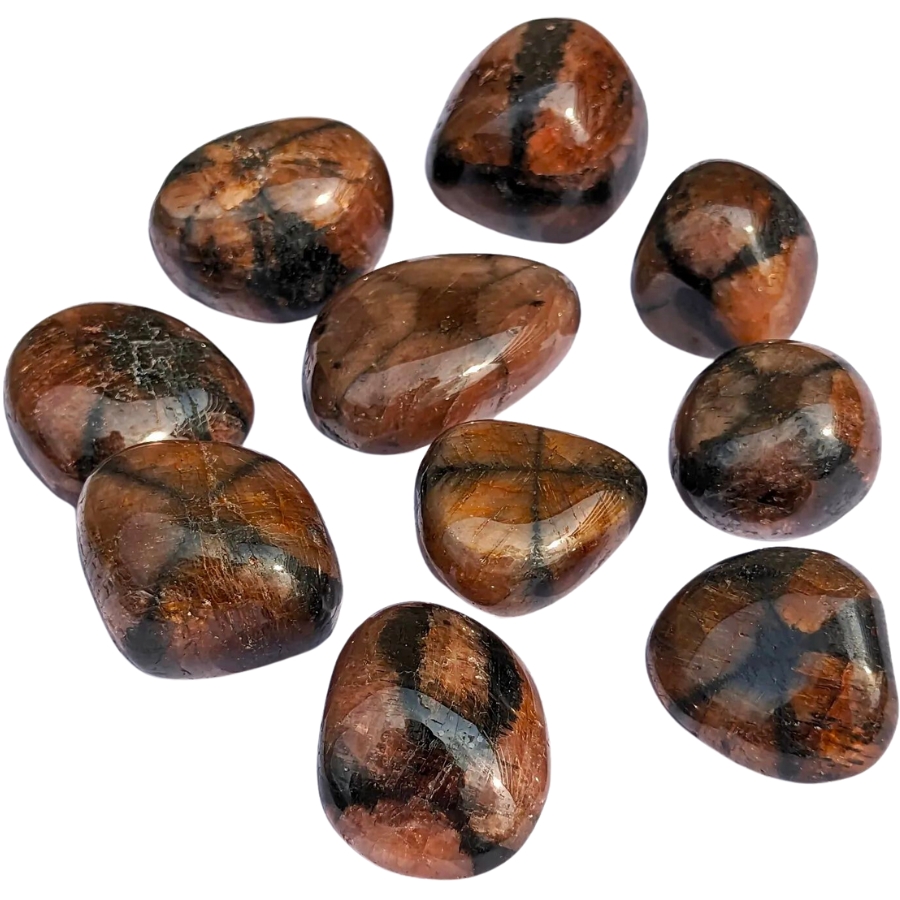
Chiastolite is an interesting type of crystal that has a unique feature: it often has a natural cross pattern inside it. This pattern is not something someone draws or carves; it’s made by nature!
It’s a variety of the mineral andalusite. When it forms, it has certain minerals inside it that arrange themselves in a way that creates this cross shape as the crystal grows.
People value chiastolite for its distinct pattern. It’s not just another gemstone; it’s like a piece of natural art.
Because of the cross shape, many people have treasured it throughout history for different reasons. It’s been used in jewelry and as a special stone in various cultures.
Long ago, people even believed it could protect them from evil. Because of the cross pattern, they thought it had the power to ward off negative things.
Where you can find chiastolite in Maine
You can search through the Smalls Falls and Round Mountain area to find beautiful pieces of chiastolite.
The Most Valuable Rocks and Minerals in Maine
While our state has many common finds, we are also blessed with lots of valuable rocks in Maine. Below are some of our top picks to share with you:
Gold
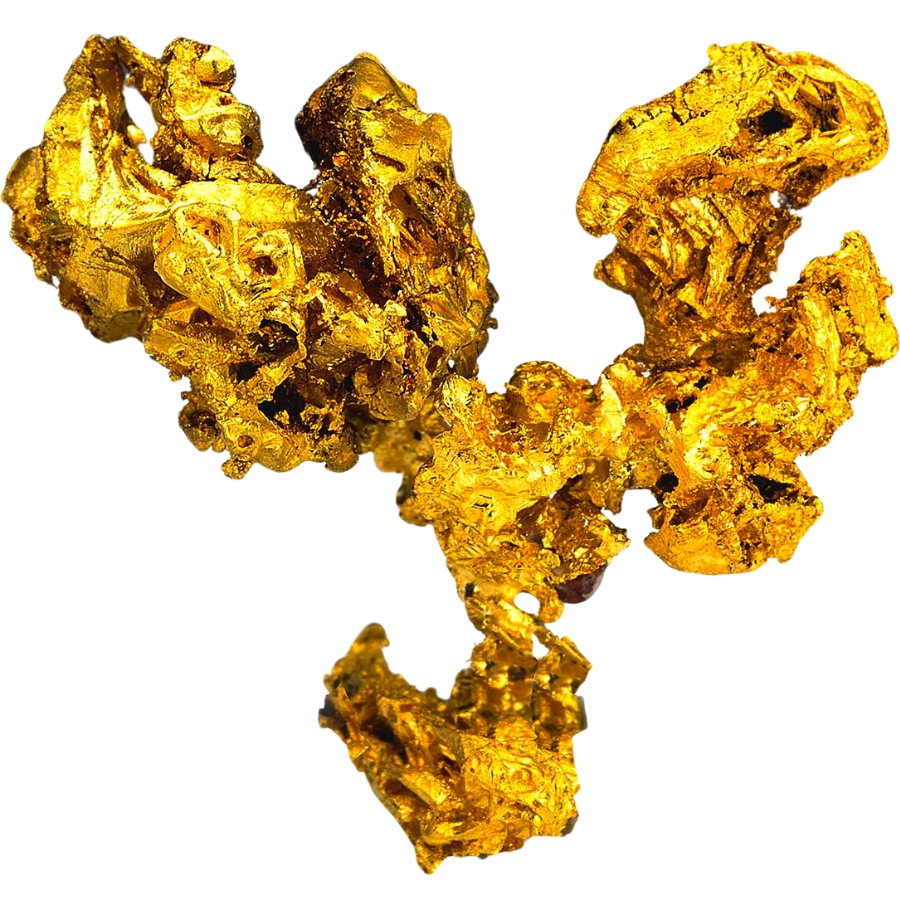
Gold is a shiny, yellow metal that’s been used for making coins and jewelry for thousands of years. It doesn’t rust or tarnish, which means it stays shiny and beautiful forever.
When rivers flow over rocks, sometimes tiny bits of gold break off and collect in the water. People use a pan to scoop up river water and rocks, shaking it gently to let the gold, which is heavy, sink to the bottom.
One big reason it’s so valuable is because it’s rare and looks amazing. It’s been used as money for a long time because everyone agrees it’s worth a lot.
Plus, it’s used in electronics because it conducts electricity well and doesn’t corrode.
It can be so rare that all the gold in the world that’s been mined could fit into about three Olympic-sized swimming pools. That’s not a lot when you think about how big the world is!
Where you can find gold in Maine
Despite its rarity, gold has been found in several locations in our state, such as:
- Owl’s Head Mine
- Exeter area mine
- Fort Knox Mine
Nickel
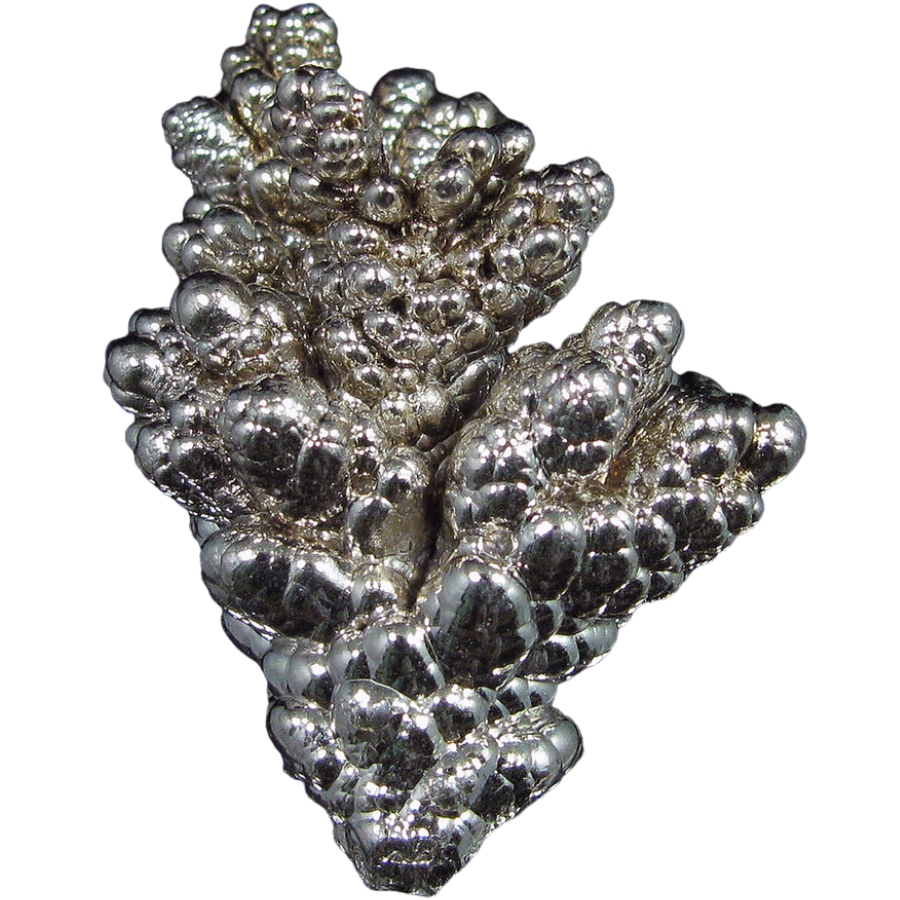
Nickel is a shiny, useful metal. It got its name because miners long ago thought the ore looked like a copper mineral but, when they tried to get copper out of it, they couldn’t.
They called it “kupfernickel” which means “devil’s copper” or “false copper” because it tricked them!
It’s mostly mixed with other metals to make them stronger and better at not rusting. This mix, called an alloy, is used in all sorts of things like coins, stainless steel pots, and even batteries.
This metal is found in the ground, and getting it out is a big job. It’s often mixed up with other stuff, so people have to work hard to separate it and make it pure.
Nickel is valuable because it helps make things that don’t break or rust easily. This means things like bridges, cars, and even your kitchen sink can last a lot longer and look good without getting all rusty.
Where you can find nickel in Maine
Rockhounds have reported finding nickel at the Porterfield Mine in our state.
Silver

Silver is a metal that’s used for a bunch of stuff like jewelry, coins, and fancy dishes. It’s even used in electronics because it’s good at conducting electricity.
It comes from deep underground, where it’s usually found mixed with other minerals or in rocks. People mine it by digging it out of the ground and then separating the silver from everything else.
This metal doesn’t react with air or water much, which means it doesn’t rust or tarnish easily.
That’s why silverware and jewelry can stay shiny for a long time if you take good care of them.
In the old days, people used silver to help keep water and milk fresh without refrigeration. They didn’t know why it worked, but we now know that silver can kill bacteria and other tiny bugs that make food go bad.
Where you can find silver in Maine
Among the many areas where you can find silver here are:
- Hampden Consolidated Mine
- Owl’s Head Mine
- Stone Mine
How to Identify The Rocks and Minerals You Find
While we’ve covered most of the rocks and minerals found in Maine, our state has plenty of other natural treasures hiding beneath its surface. When you’re out exploring here, it would help a lot to know how to identify what you find.
Here are some simple, practical, yet effective ways you can identify rocks and minerals:
Observe its color and appearance
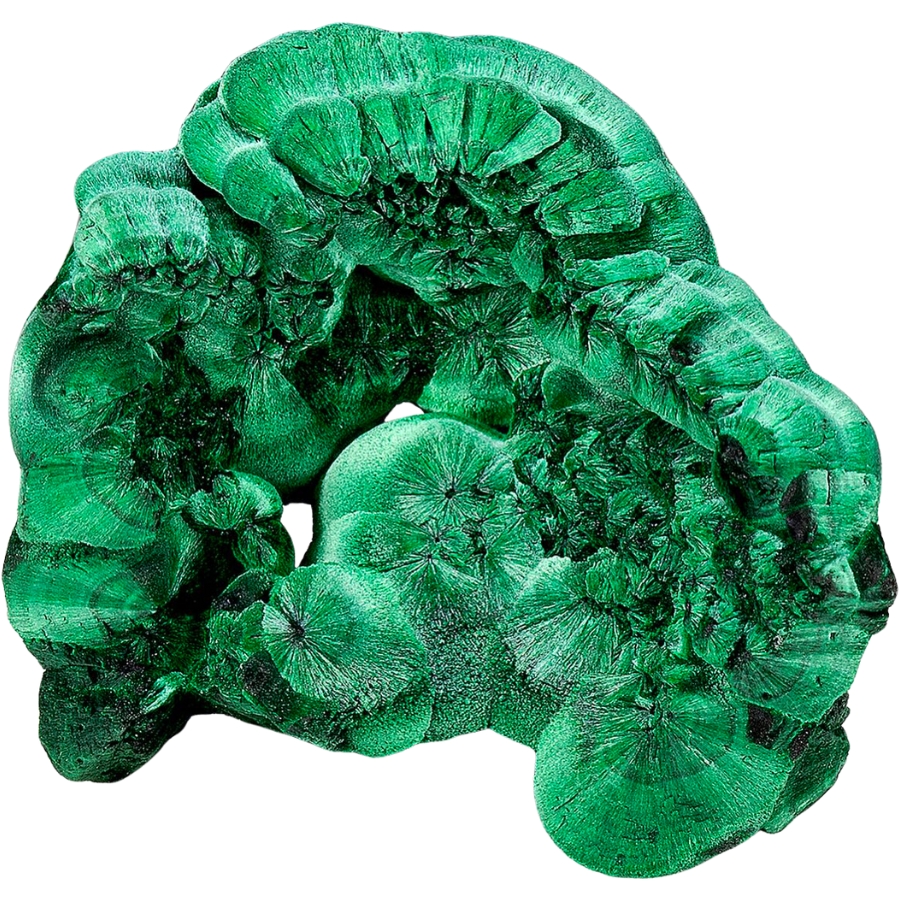
One of the simplest ways to start identifying a rock or mineral is by looking at its color and how it appears. Some minerals have unique colors that can help you narrow down what they might be.
For example, malachite is usually green, while sulfur is bright yellow. However, remember that some minerals can come in various colors, so this method isn’t foolproof.
Besides color, look at the mineral’s luster (how shiny it is) and whether it’s transparent, translucent (light passes through), or opaque (no light passes through).
Conduct a basic streak test
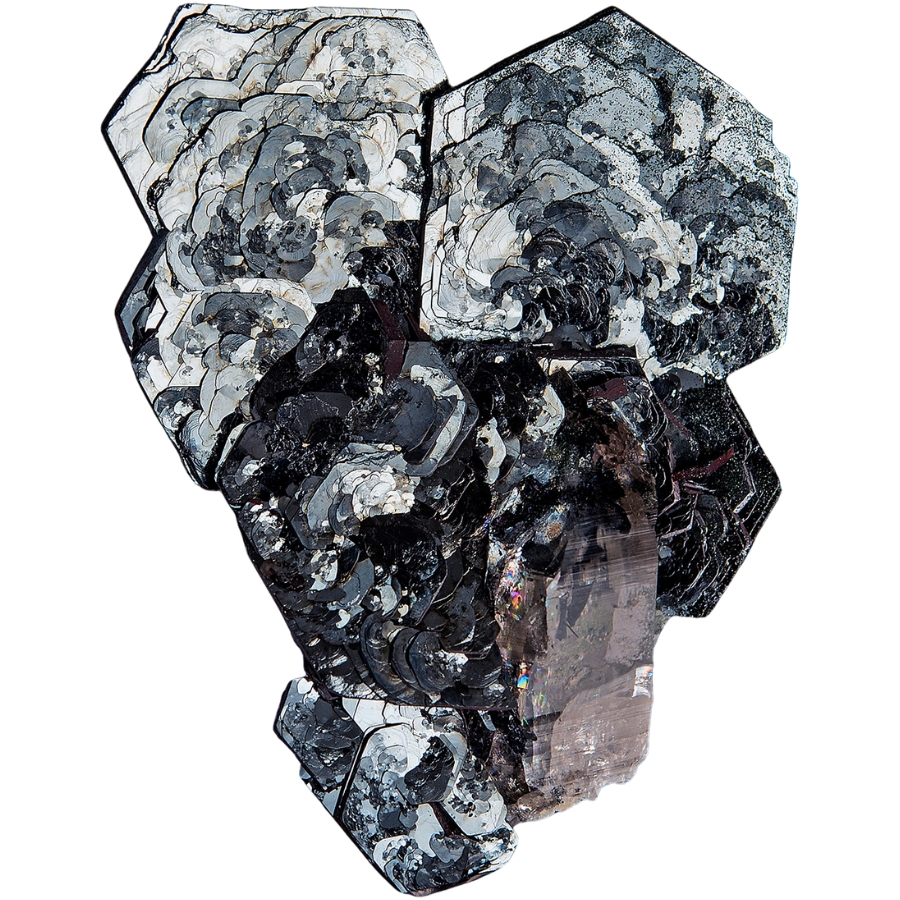
Even without official equipment, you can still do a basic streak test.
Find a piece of unglazed porcelain tile, like the back of a ceramic tile. Scratch the mineral across the tile and look at the color of the streak it leaves behind. This color can sometimes be very different from the mineral’s appearance.
For example, hematite can look silver or black but leaves a reddish streak.
Test its hardness
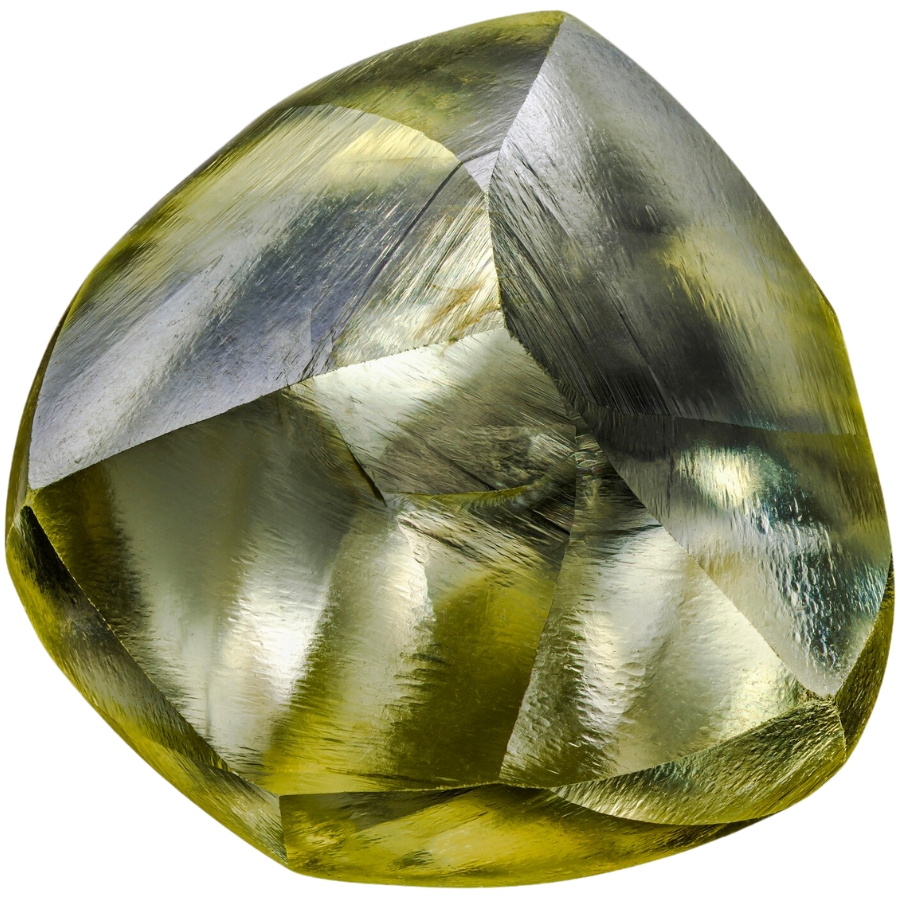
You can test a mineral’s hardness using common objects. The Mohs scale of hardness goes from 1 (talc) to 10 (diamond).
If a mineral can scratch glass (hardness of about 5.5) but not a steel file (hardness of about 6.5), then its hardness is between those numbers.
Similarly, if your fingernail (hardness 2.5) can scratch the mineral, it’s quite soft.
Do an acid test
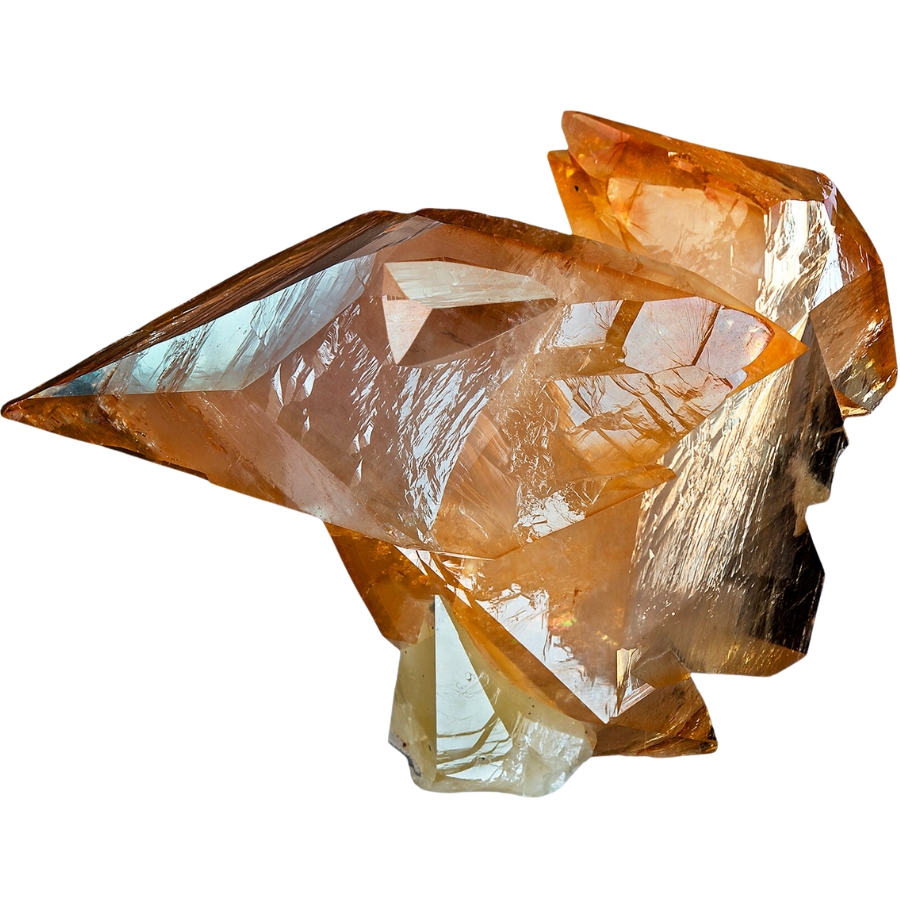
For this, you’ll need a weak acid like vinegar. Some minerals, like calcite, will fizz or bubble when you drop vinegar on them.
This reaction happens because the acid reacts with the mineral, releasing carbon dioxide gas. This test is especially useful for identifying carbonate minerals.
Feel its weight
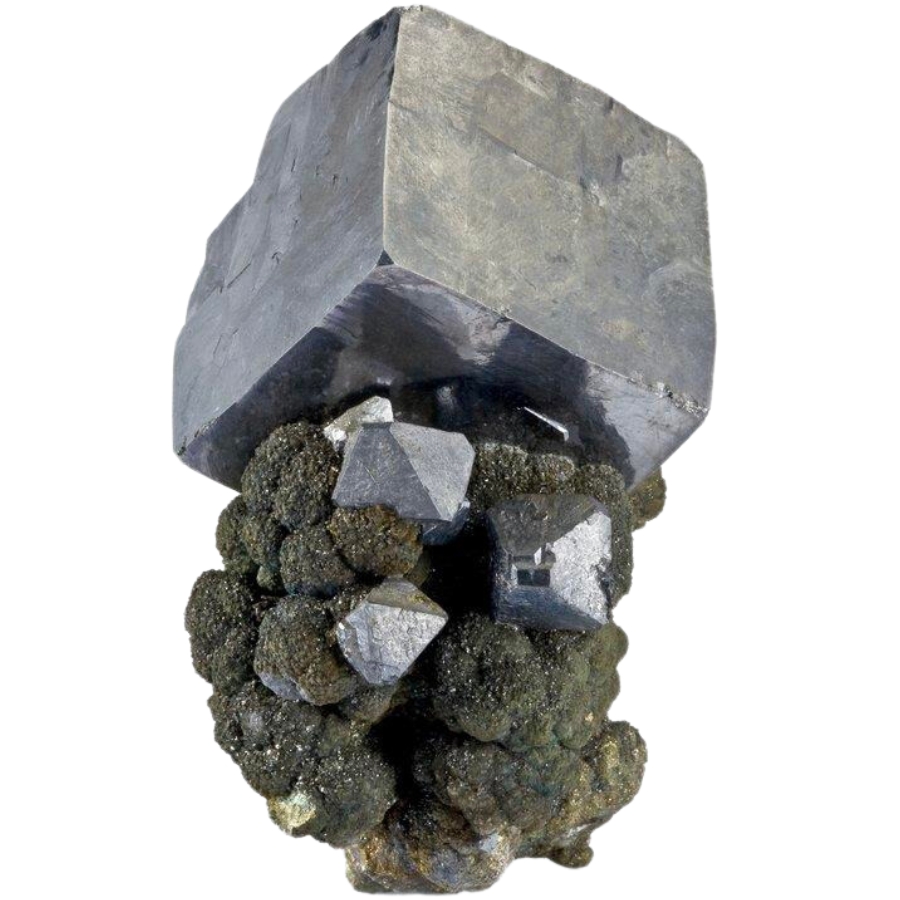
Did you know that simply picking up the mineral and feeling its weight (heft) can give you clues about what it is?
Some minerals, like galena (lead ore), are surprisingly heavy for their size, while others, like pumice, are so light they can float on water.
Comparing the heft of your specimen to other rocks and minerals you’re familiar with can help you make an educated guess about what it might be.

